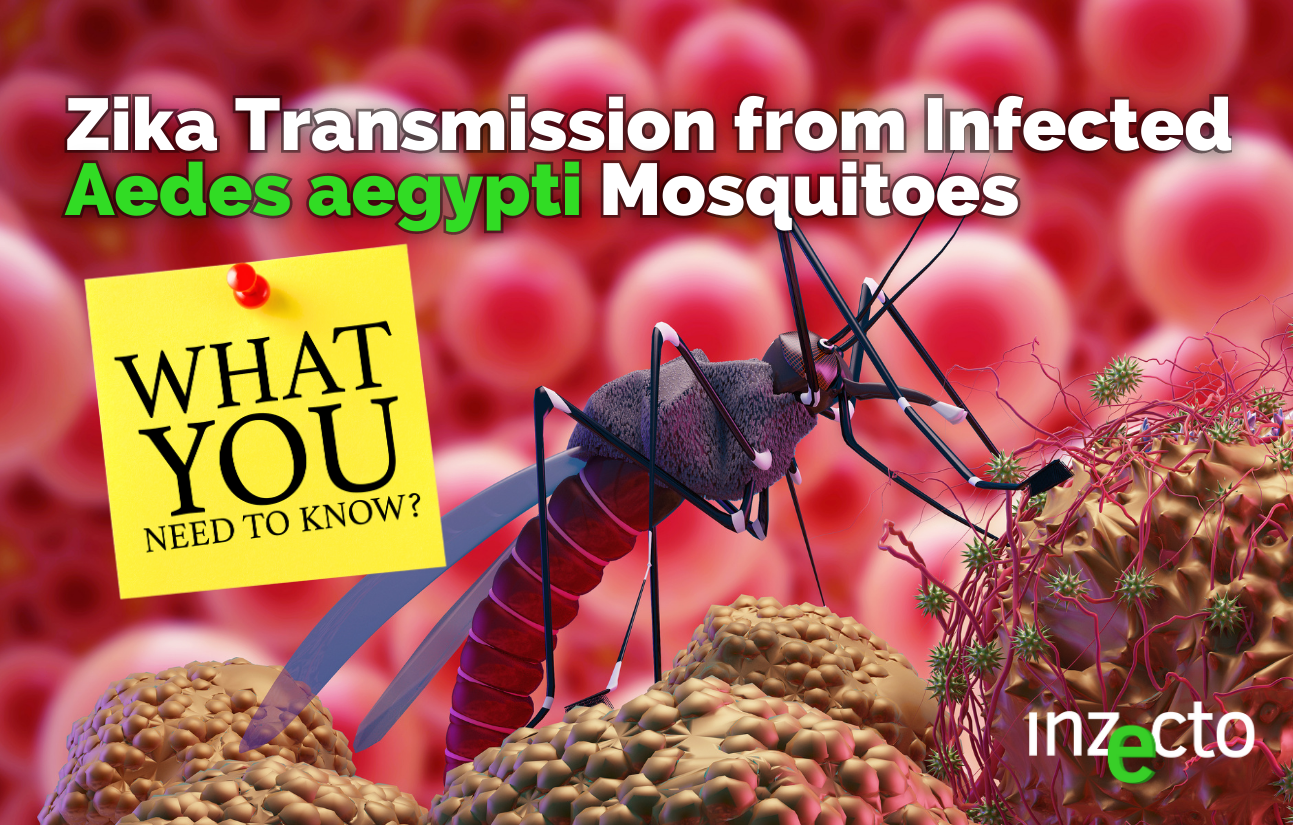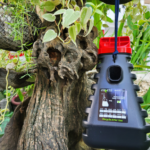Zika Transmission from infected Aedes aegypti mosquitoes - What you need to know
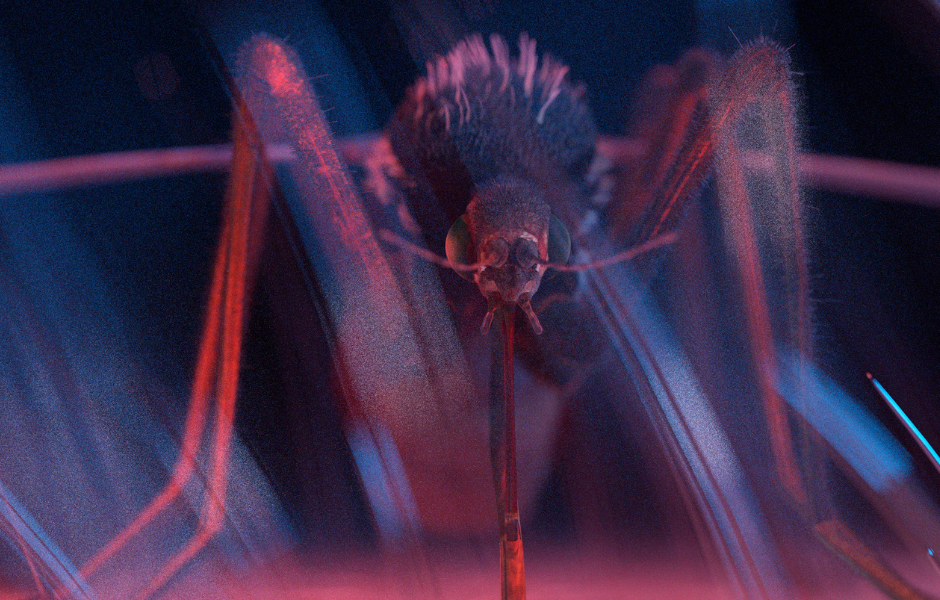
Zika virus, similar to other members of the flavivirus family including dengue and West Nile virus, is most typically transmitted to humans through the bite of infected Aedes aegypti mosquitoes. Less commonly, Zika virus can be spread from person to person through sexual intercourse. Most people infected with Zika virus do not become sick; but about 1 in 5 people may develop such symptoms as fever, rash, and conjunctivitis (reddened eyes). People who become infected while pregnant may transmit the virus to the fetus, which can result in very serious birth defects, including microcephaly (unusually small head). (Source: www.niaid.nih.gov)
The Spread of the Zika Virus
In 2015, news reports drew attention to the rapid spread of Zika in Latin America and the Caribbean. At that time, the Pan American Health Organization published a list of countries and territories that experienced “local Zika virus transmission” comprising Barbados, Bolivia, Brazil, Colombia, the Dominican Republic, Ecuador, El Salvador, French Guiana, Guadeloupe, Guatemala, Guyana, Haiti, Honduras, Martinique, Mexico, Panama, Paraguay, Puerto Rico, Saint Martin, Suriname, and Venezuela. By August 2016, more than 50 countries had experienced active (local) transmission of Zika virus. (Source: en.wikipedia.org)
Zika is spread by Female Aedes aegypti Mosquitoes
Zika is primarily spread by the female Aedes aegypti mosquito, which is active mostly in the daytime. The mosquitos must feed on blood to lay eggs.
Isolated from several arboreal mosquito species in the genus Aedes, such as A. africanus, A. apicoargenteus, A. furcifer, A. hensilli, A. luteocephalus, and A. vittatus, with an extrinsic incubation period in mosquitoes around 10 days. (Source: en.wikipedia.org)
Detecting the Zika Virus
The extent of the vectors is still unknown. Zika has been detected in many more species of Aedes, along with Anopheles coustani, Mansonia uniformis, and Culex perfuscus, although this alone does not incriminate them as vectors. Detecting the presence of the virus usually requires genetic material to be analyzed in a lab. A much cheaper and faster method involves shining a light at the head and thorax of the mosquito and detecting chemical compounds characteristic of the virus. (Source: en.wikipedia.org)
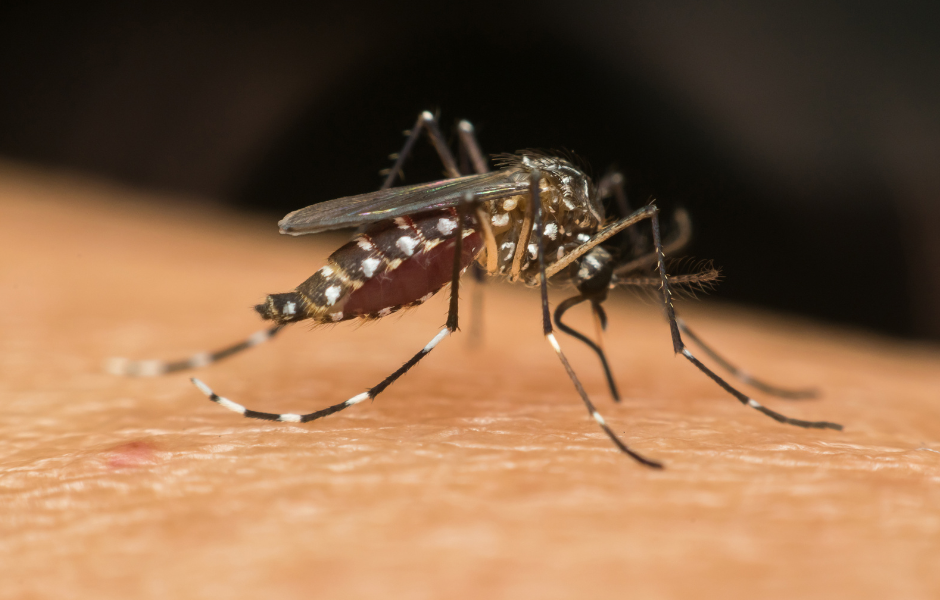
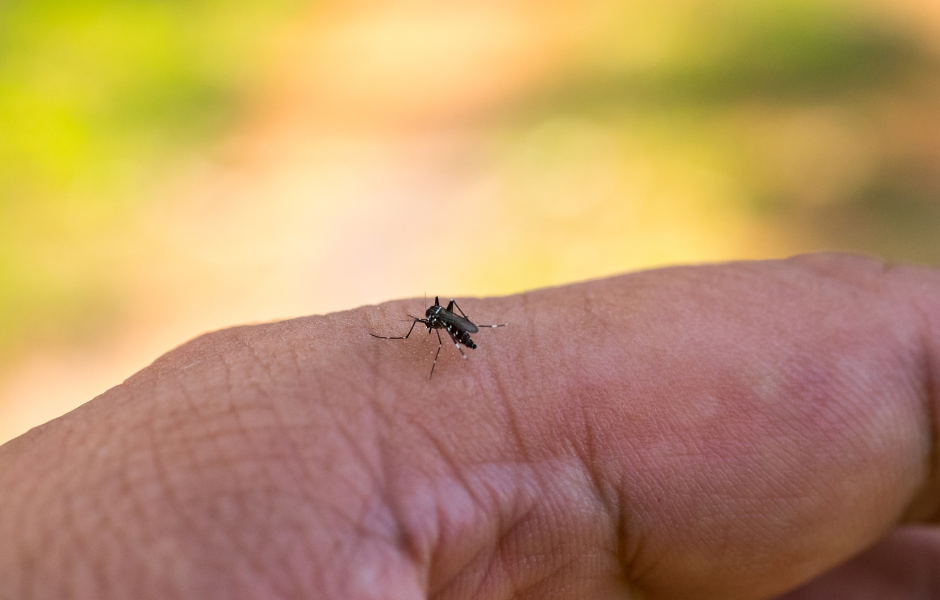
Zika Origins
Transmission by A. albopictus, the tiger mosquito, was reported back in 2007 from an urban outbreak in Gabon, where it had newly invaded the country and become the primary vector for the chikungunya and dengue virus outbreaks. New outbreaks can occur if a person carrying the virus travels to another region where A. albopictus is common.
The potential societal risk for transmission of the Zika virus can be delimited by the distribution of the mosquito species that transmit it. The global distribution of the most cited carrier of Zika, A. aegypti, is expanding due to global trade and travel.
Aedes aegypti Expansion and Risk of Zika Transmission
A. aegypti distribution is now the most extensive ever recorded – on parts of all continents except Antarctica, including North America and even the European periphery (Madeira, the Netherlands, and the northeastern Black Sea coast). A mosquito population capable of carrying Zika has been found in a Capitol Hill neighborhood of Washington, DC, and genetic evidence suggests they survived at least four consecutive winters in the region.
The study concludes that mosquitos are adapting for persistence in a northern climate. Zika virus appears to be contagious for around a week after infection. The virus is thought to be infectious for a longer period of time after infection (at least 2 weeks) when transmitted via semen.
Zika Prevention
No vaccine is yet available for the prevention or treatment of Zika virus infection. The development of a Zika vaccine remains an active area of research. (Source: www.who.int)
The best way to protect yourself is to limit your exposure by not traveling to countries where Zika outbreaks are happening. If you must travel to an affected area, avoid mosquito bites by taking these steps: (Source: www.hopkinsmedicine.org)
INZECTO Mosquito Trap Reduces the Aedes aegypti Population
The first of its kind, INZECTO Mosquito Trap specifically targets container breeding mosquitoes inclusive of the Aedes aegypti mosquito.
The INZECTO Trap works by creating the perfect environment for container-breeding mosquitoes to enter, rest, and breed. The only dual-action coating with adulticide and larvicide embedded into the interior wall of the plastic.
About INZECTO
INZECTO is a Gainesville, Florida based company that manufactures effective, affordable, innovative, and environmentally sensitive pest control products and systems. Backed by science AND using stringent testing standards, INZECTO protects humans from dangerous and annoying insects while respecting the environment and other animals. Learn more about INZECTO by visiting inzecto.com, YouTube, or follow us on LinkedIn, Facebook and Instagram.
Please direct any INZECTO media inquiries to Randi Lasley: randi@inzecto.com, (844.944.2601)

